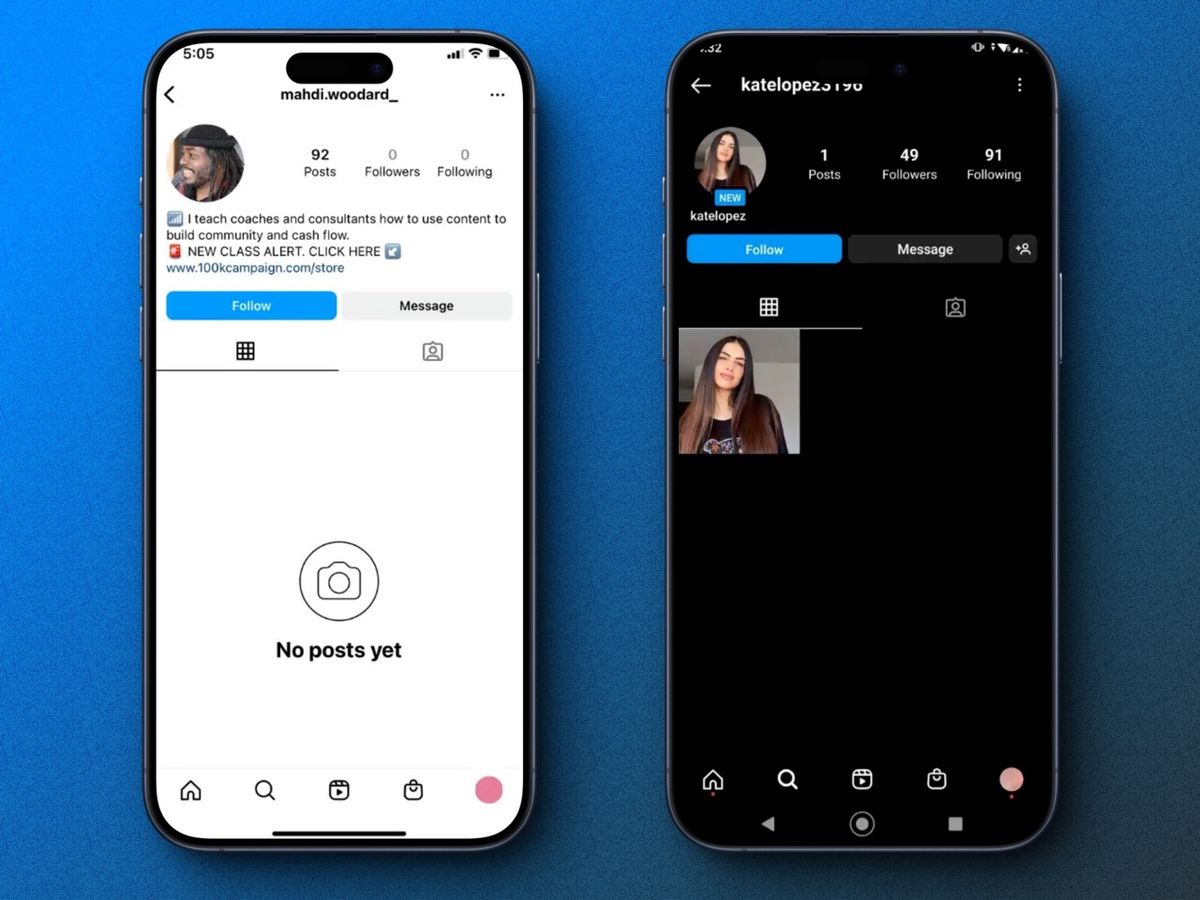Spotting Fake Instagram Profiles: A Comprehensive Guide

In the vast and ever-expanding landscape of Instagram, fake accounts are becoming increasingly prevalent. These accounts, often driven by bots, spammers or malicious actors with sinister intent, can be a nuisance and even a threat to genuine users. But how can you differentiate between a real human-run account and an artificial fake one? This comprehensive guide will provide tips to help you navigate this challenge.
Understanding Why Fake Accounts Exist
To understand how to spot fake Instagram accounts, it helps to first know why they're created in the first place. Fake accounts are made for a variety of potentially nefarious purposes:
- To artificially inflate follower counts and engagement metrics, making accounts seem more popular than they really are.
- To spam legitimate users with unwanted direct messages, comments and likes.
- To spread misinformation or propaganda across the platform.
- To steal personal photos and information from real accounts.
- To promote dubious products, services or phishing scams.
The rise of automation through bots and AI is making it easier than ever to mass produce fake accounts. Being able to identify them is an important self-defense skill on social media.
Identifying Fake Instagram Accounts: Key Indicators
Here are some telltale signs that can help expose an Instagram account as fake:
1. Username and Profile Picture
- The username may have strange characters or numbers that don't correspond to an actual name.
- The profile picture may be a generic stock image or cartoon avatar rather than a real person.
2. Follower and Following Count
- Fake accounts often have a disproportionately high number of followers compared to accounts they are following.
- The follower and following count may be in the thousands or millions, which is unrealistic for most genuine users.
3. No Personal Details in Bio
- The bio lacks personal details, location, websites, or any uniqueness.
- It may just have a series of unrelated hashtags and emojis.
4. Posting Activity
- The account rarely posts original content. When it does, the photos or videos may be stolen from other accounts or websites.
- The posting schedule is unusually high, like multiple posts per hour. Normal users don't post this often.
5. Comments and Caption Style
- Comments left by the account on others' posts may be short and generic, like just a few words or emojis.
- Captions accompanying their own posts tend to be vague and full of tags not relevant to the content.
6. Sponsored Posts
- Fake accounts often have a high volume of sponsored posts from various brands. Genuine influencers tend to be more selective with brand partnerships.
7. Link in Bio
- The link in the bio goes to a suspicious external website instead of the user's other social profiles.
8. Follows Targets Without Engagement
- The account follows hundreds of users in a short time but rarely likes or comments on their content. The goal is to amass followers, not engage.
Protecting Yourself from Fake Accounts
Once you've identified a potential fake account on Instagram, here are some steps you can take to protect yourself:
- Tap the three dots above their profile photo and select "Block" to prevent any engagement.
- Report the account through Instagram's reporting tool if you suspect impersonation, spamming or phishing.
- Make your account private so random accounts can't see or comment on your content.
- Be selective in approving follow requests from accounts with no clear identity.
- Ignore any suspicious links or offers sent via DM by accounts you don't know.
- Be wary of giving your personal information to any unverified accounts.
Why Instagram Needs to Crack Down
The prolific growth of fake accounts highlights why Instagram and parent company Meta need to take stronger action in detection and removal. Too many inauthentic accounts dilute the user experience and can facilitate harmful behavior like phishing scams.
Potential steps Instagram could take include:
- Using more advanced AI and machine learning to identifying patterns of fake account activity.
- Requiring ID verification for accounts that reach a certain follower threshold.
- Proactively removing accounts with clear signs of inauthenticity.
- Limiting the rapid creation of new accounts from a single location or IP address.
- Rewarding users for reporting fake accounts that get removed.
A cleaner, more authentic platform provides value to both users and advertisers. But staying vigilant ourselves as users is still important in the ongoing quest to spot fake activity on Instagram.




